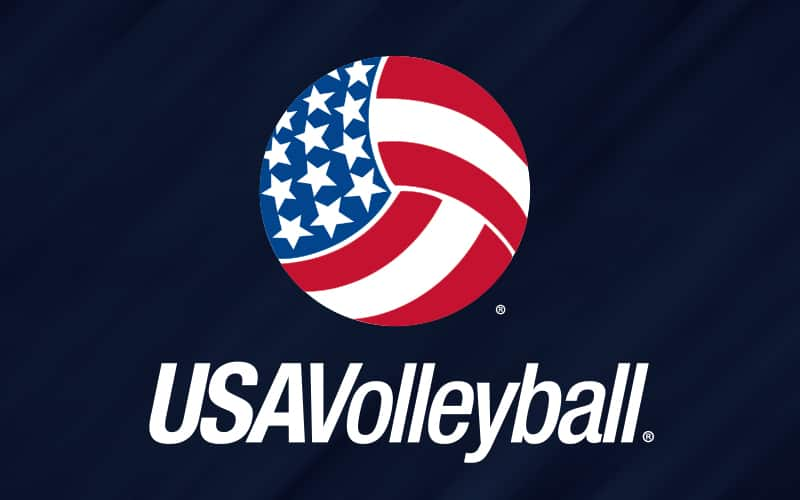
All athletes will tell you that they feel pressure at some point during their careers. It is common across every sport, whether it is an individual or team effort. Volleyball players are no different. The pressure they experience comes from many things: wanting to do well for their team and be supportive teammates, wanting to win, wanting to do their own personal best, not wanting to embarrass themselves or their organization. Research shows that “team competitions often include evaluation by and comparison with more opponents, while also burdening participants with feelings of responsibilities to teammates” (Cooke, Kavussanu, McIntyre, & Ring, 2013).
Pressure can be an extremely distracting aspect of competition. Some players have difficulty translating pressure into excitement or positive energy, and instead allow it to cause mental blocks. In Harms’ 2010 article, he quotes Sian Beilock (a psychologist who studies how the brain works under pressure) as saying “choking is suboptimal performance, not just poor performance. It's a performance that is inferior to what you can do and have done in the past and occurs when you feel pressure to get everything right”. It is clear that this concept applies to our players, particularly in situations such as the final point of the game.
There are multiple theories as to the reasons athletes choke under pressure. It is possible that they become hyper-focused on the thought-processes behind the skills. Alternately, they may become distracted, focusing on irrelevant cues that are unhelpful to the execution of skills. A combination of these theories seems most likely.
In order to overcome pressure, we can help our athletes in a number of ways. We must create pressured situations during practice, so it is not an unfamiliar feeling. When the athletes are comfortable overcoming pressure on a regular basis, the mentality during competition can be more relaxed. Putting players in stressful situations on a regular basis can help them cope in the long term by building up resistance to the negative stresses.
One of the tricks we can use to help an athlete overcome performance anxiety is to teach them to interrupt their train of thought, for instance by whistling or singing. Vickers and Williams (2007) note that “people can perform more exercise after they have reached a complete state of exhaustion by diverting attention externally to another mental or physical activity “ (p. 381). The idea is to stop the focus player from focusing on aspects of their game that would usually be automatic, but under pressure become more conscious. Relaxation techniques have also proven effective in minimizing the likelihood of choking under pressure.
Additionally, it is important to build the players’ confidence. It is much more likely that players will be able to maintain focus and determination in competition if they believe in their abilities. It must be something that is part of the core of their beliefs, not a fleeting notion of success. If a player doubts his or her ability, or believes that he or she will fail under pressure, then that is the most likely outcome.
Positive thinking also coincides with this concept; teach players to think about what actions to take, not about what shouldn’t be done. This will likely need to be modeled often before it becomes second nature. When giving instructions to players, coaches can discuss what they would like the player to do rather than focusing on the mistakes being made.
Not only do players need to have confidence in their individual abilities, they also have to have an unshakeable faith in their team’s collective abilities. Knowing that the setter will get a good set off, even from a bad pass, or that a libero will successfully dig a ball that was not blocked takes a bit of the pressure off the individual. And even that is not enough. The players have to believe that their team is putting their best effort out on the floor, every minute of the game.
Ideally, players would have no difficulty in pressured situations; they would simply take the stress of a game point or important match in stride. Mesagno and Mullane-Grant (2010) accurately state that “the ability to perform successfully under pressure is a crucial aspect of sport performance” (p. 343). However, it is generally not the case that players are innately capable of this, and as coaches we have to do our best to enable our players to work through and overcome these difficulties. We strive to give our players all the tools they need to be their best, to play their best, and to feel their best.
References
Cooke, A., Kavussanu, M., McIntyre, D., & Ring, C. (2013). The effects of individual and team competitions on performance, emotions, and effort. Journal of Sport and Exercise Psychology, 35(2), 132-143.Harms, William. (2010). Retrieved on Sept 20th, 2013 from
http://news.uchicago.edu/article/2010/09/21/psychologist-shows-why-we-choke-under-pressure-and-how-avoid-it#sthash.BRNJpFar.dpuf.
Mesagno, C., & Mullane-Grant, T. (2010). A Comparison of Different Pre-Performance Routines as Possible Choking Interventions. Journal Of Applied Sport Psychology, 22(3), 343-360.
Vickers, J. N., & Williams, A. (2007). Performing under pressure: The effects of physiological arousal, cognitive anxiety, and gaze control in biathlon. Journal of Motor Behavior, 39(5), 381-394. doi:10.3200/JMBR.39.5.381-394.

